Dundee-born Professor Lesley Lokko is the acclaimed Ghanaian-Scottish architect, academic and novelist whose recent accolades include an OBE, a listing on Time magazine’s top 100 influential people of 2024 and the award of the prestigious RIBA Gold Medal – the highest honour from the Royal Institute of British Architects.
But in an exclusive interview with The Courier, the now 59-year-old has revealed that, away from the global honours, a huge part of her heart belongs to Newport-on-Tay.
That’s because the 3.5 years she spent living in Newport between 1970 and 1973 remain amongst the happiest and most stable of her childhood.
Lesley has fond memories of looking out of her bedroom window on Youngsdale Place and being reassured by the “peaceful sight” of the Tay bridges.
Perhaps tellingly, living in Newport was also the last time that she and her siblings were together as a family before her parents split up.
Speaking on Zoom from her home in Accra, Ghana, Lesley explained how she looks back on those Newport years as a positive and “quietly confident” bedrock of her life.
Lesley Lokko was delighted to attend a Newport Primary School reunion
She was therefore delighted to attend a Newport Primary School reunion in Edinburgh a few weeks ago when she saw some of her former classmates again for the first time in more than 50 years.
Someone had tracked her down through social media, and, having lost touch long ago, it was “lovely and really sweet” to discover that several knew her through her novels.
“I remember my father saying to me one that one of the reasons why he felt so comfortable in Scotland and not so much in England was because the vast majority of foreigners that Scottish people came across – certainly in Newport and St Andrews – were students,” she said.
“So, the relations between the towns folk and foreigners were quite a good one.
“He wasn’t the village doctor in Newport, but there was a Nigerian doctor who’d married a Scottish woman previously – so there had been a mixed-race family in Newport before we got there.
“People were kind of accustomed to seeing us as ‘doctor’s children’. In a way it was quite a gentle introduction to village life.”
Chased up the road and called ‘all the names of chocolate bars under the sun’
Lesley was born in Dundee to her Scottish-Jewish mother Margaret Reid, from Newport, and Ghanian father Ferdinand Lokko, who studied medicine at the University of St Andrews. He went on to do his medical training at Dundee Royal Infirmary and Edinburgh.
When Lesley was about nine months old, they moved to Ghana. Then, when Lesley was about six, they moved to Newport where her father bought a house as he did the second part of his surgery training in Dundee.
But it wasn’t all a bed of roses in Scotland. Lesley knew from a young age what it felt like for her family to be the “only blacks in the village”.
As a mixed race six-year-old arriving at Newport Primary School in 1970, she remembers being “chased up the road by a pack of school children” who were calling her “all the names of chocolate bars under the sun”.
When she arrived back home upset and complained to her Dundee surgeon dad, his advice to her was simply: “Well, just turn around and lob a white chocolate bar name back at them!”
Compared to friends of hers who grew up in places like Birmingham, Manchester or London, she says they “had it so easy”. Those early experiences in Newport actually built up a “tolerance” in them which resulted in their memories of the village being “good”.
Lesley Lokko’s Dundee surgeon father said there was ‘no finer race than the Scots’
Lesley’s late father, who travelled the world as a surgeon, always said there was “no finer race than the Scots” – and it’s an affinity she has retained too.
She still has cousins in Newport and Dundee. She scattered her mother’s ashes at Kinshaldy Beach and now divides her time between Ghana and Edinburgh.
Raised between Ghana and the UK, Lesley’s diverse cultural background has profoundly influenced her work and perspective.
But she also retains an interest in the development of Newport and the wider Dundee area – not just architecturally, but culturally and socially.
“I remember Newport as quite quiet, almost village like when I lived there as a child,” she said.
“In the last 10, 15 years, going back every now and then, there’s a feeling of affluence in the air that wasn’t there when I was a kid.
“But across in Dundee, I also love the V&A. I think it’s really bold. It feels like a piece of jewellery to me. I’m actually giving a talk there in September or October which will be the first time I’ve been in it. I’m looking forward to that.”
What inspired Lesley Lokko to pursue architecture?
After attending a private boarding school in England, Lesley began studying Hebrew and Arabic at Oxford University. She then left to go to the US where she did a degree in sociology.
But at the age of 29, she pursued architecture as a mature student in London.
Asked why architecture, Lesley puts it down to a “primal” response to her mixed race background. If architecture is fundamentally about making a place for oneself in the world, she thinks she was drawn to it as a way of making “home”. After doing all her training, she decided against going into practice and moved to the US to teach.
But eventually, she got “fed up” with architecture and decided that the best way to pursue the issues of identity and race she was truly interested in was to become a novelist. She moved away for 12 years to write fiction full-time.
Later, after a “chance meeting”, she went back to teach architecture in South Africa. She became head of the newly established graduate school and associate professor of architecture at the University of Johannesburg in 2015.
In 2021, she founded and became director of the African Futures Institute. That same year, she was appointed as the curator of the 18th Venice Biennale of Architecture – the first ever black curator of the Biennale.
The exhibition was titled “The Laboratory of the Future”. The twin themes of decolonisation and decarbonisation provided a “glimpse of future practices and ways of seeing and being in the world”.
She feels that issues she was interested in 30 years ago have “gone full circle”, particularly in the wake of Black Lives Matter.
What is it like for Lesley Lokko to receive international recognition?
Drawing comparisons with the historical “colonisation” of Scotland and Ireland by “the English”, and general exploitation of the working classes in places like Dundee over the centuries, she said the histories being discussed around Africa “really resonate” with the “same themes, same issues and same threads” appearing repeatedly in other parts of the world.
Lesley laughs that it was “mortifying” to receive the RIBA Gold Medal for her “commitment to championing diverse approaches to architectural practice and education”.
The first African woman to receive the gong – and only the second black architect to be honoured in its history – she says it was a “real surprise”.
She enjoyed the “informality” of receiving the OBE from Princess Anne at Holyrood.
She takes being part of Time magazine’s “top 100 influential people of 2024” with a “pinch of salt”, adding: “I might influence a couple of students but that’s kind of it.”
But she acknowledges that this recognition gives her “credibility” when it comes to leveraging support for her philanthropically-funded institute in Ghana.
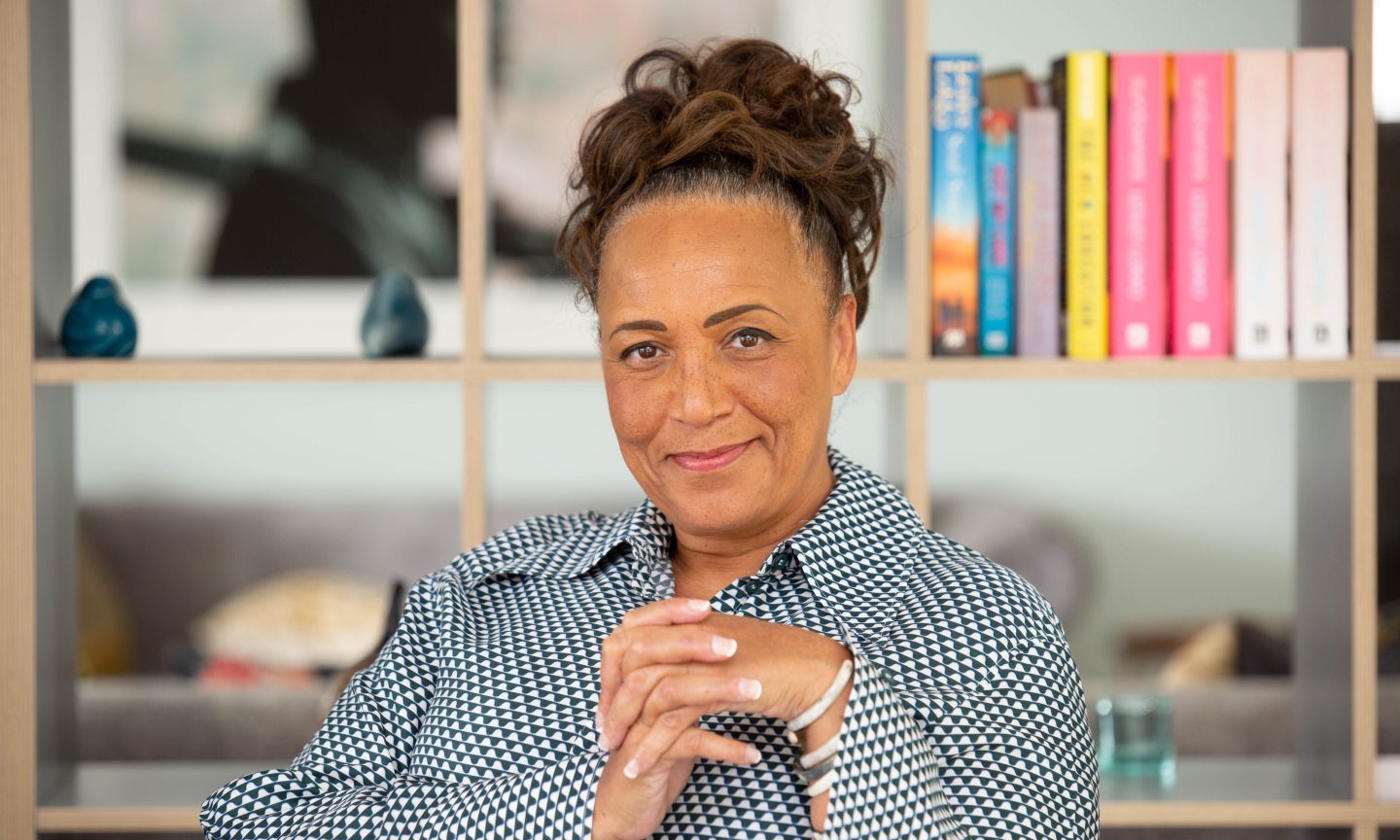



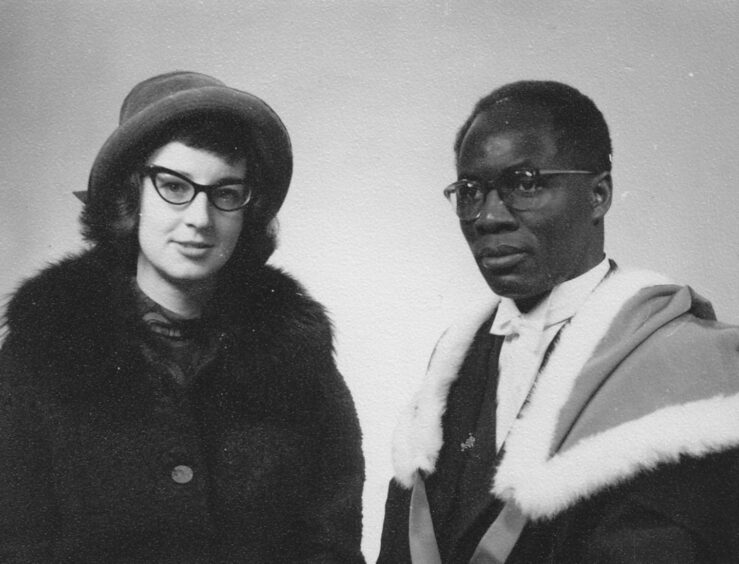
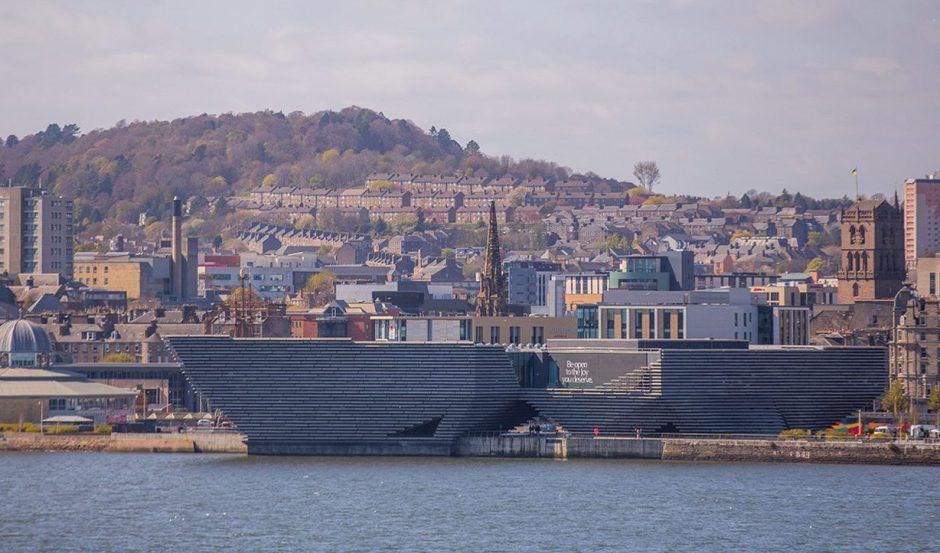
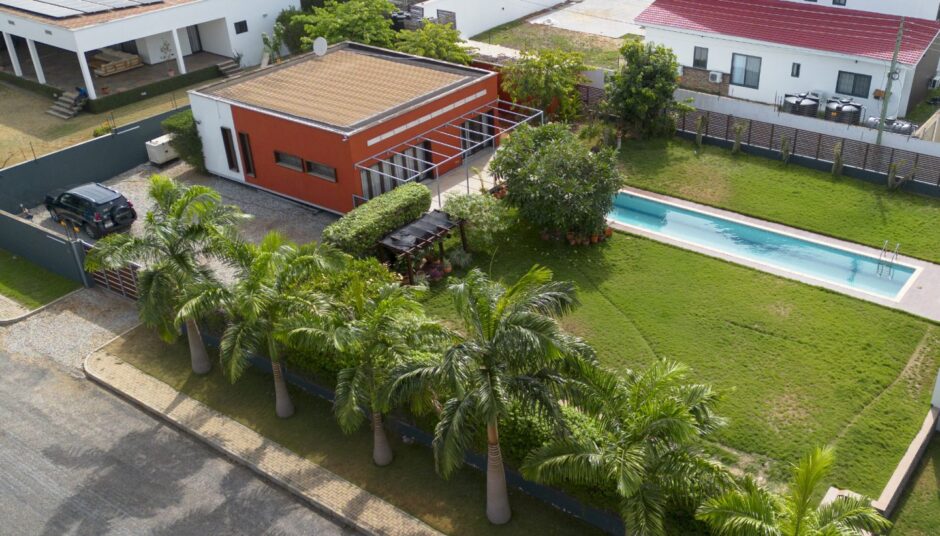
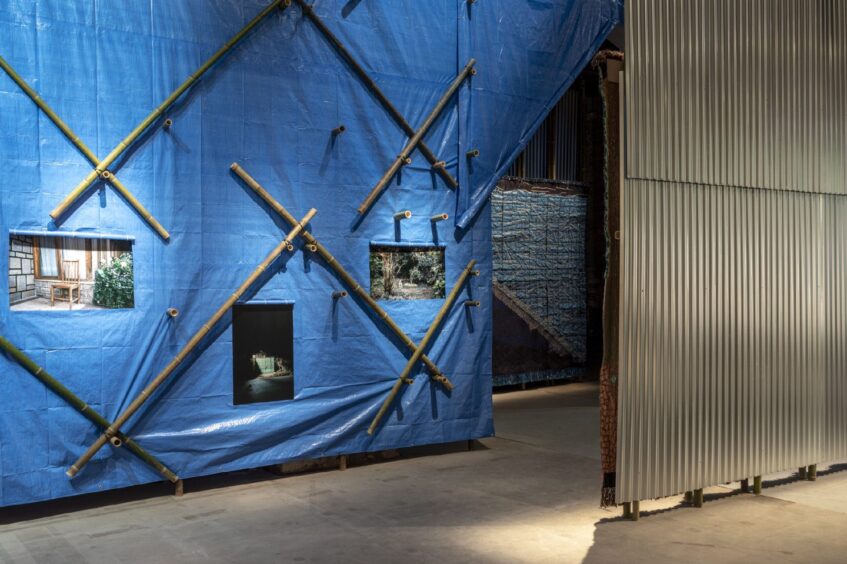
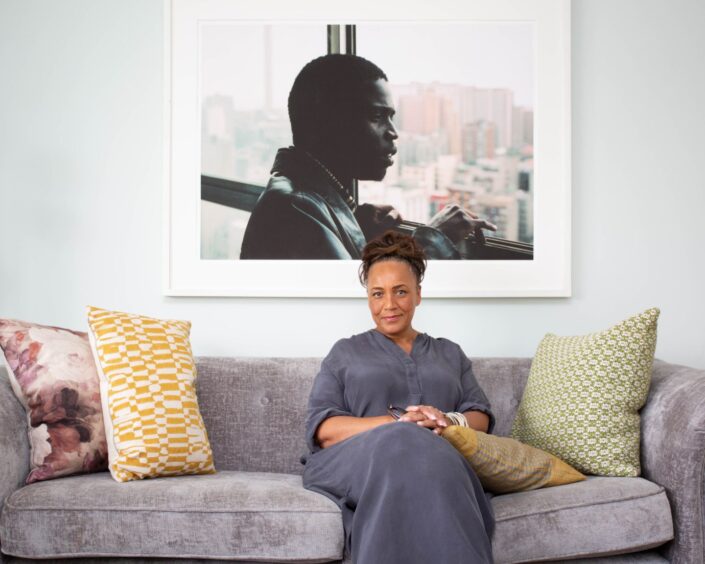
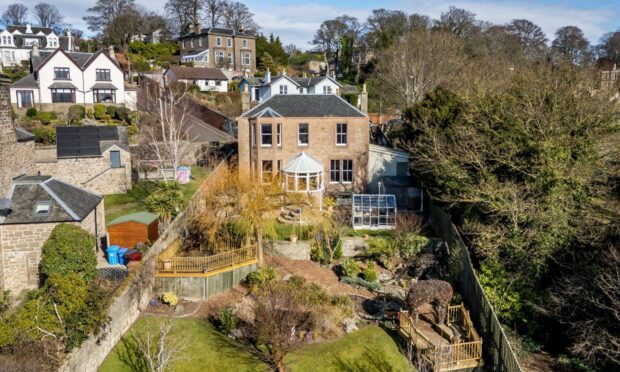
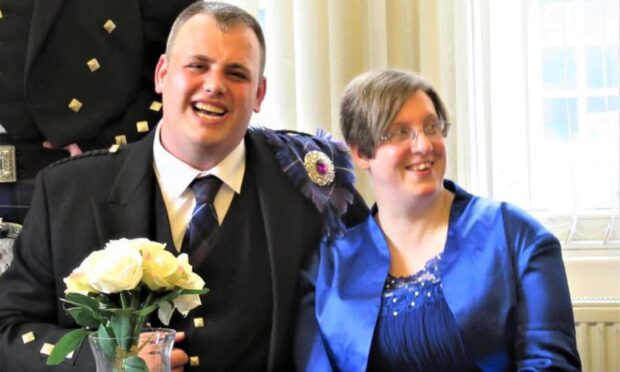
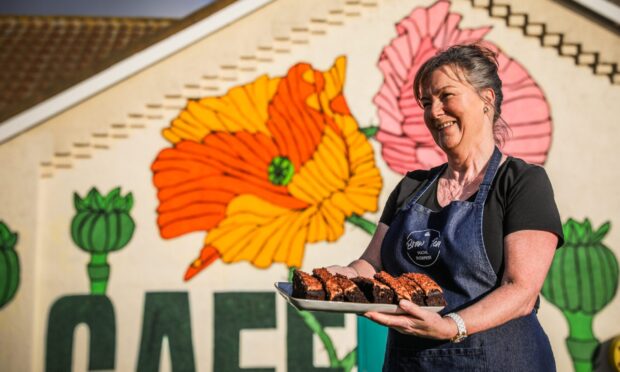

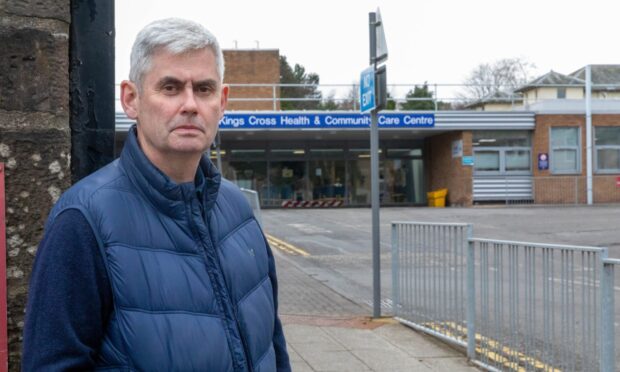
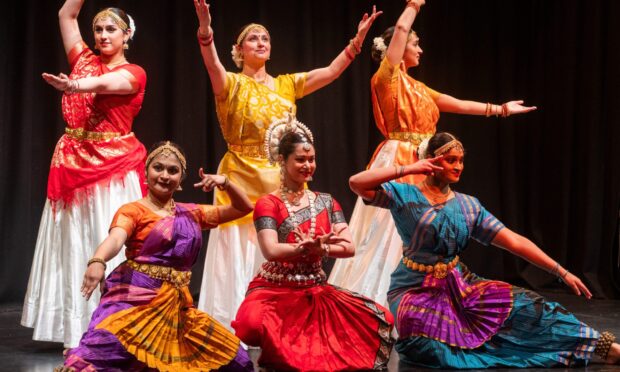

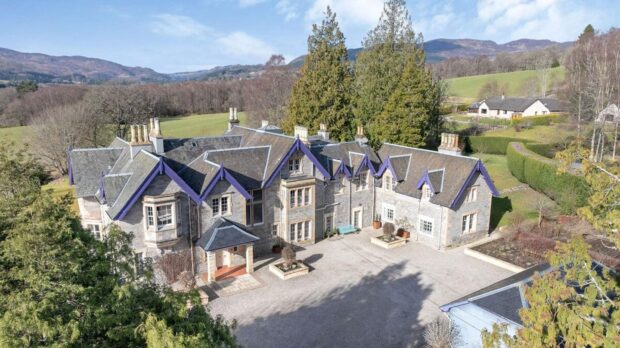
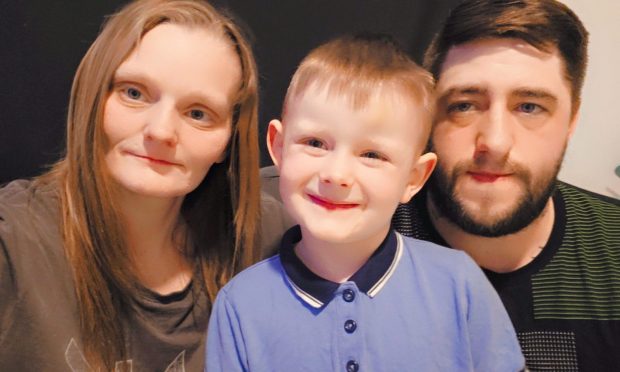
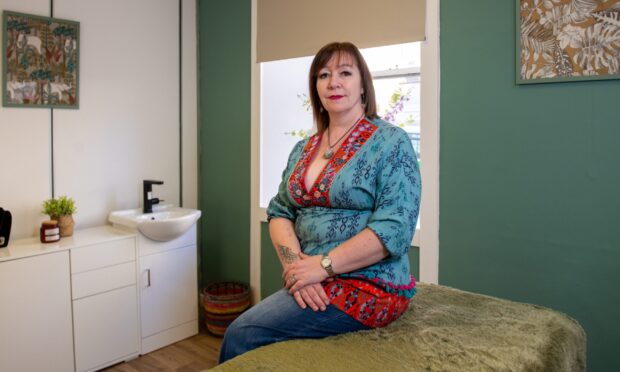
Conversation